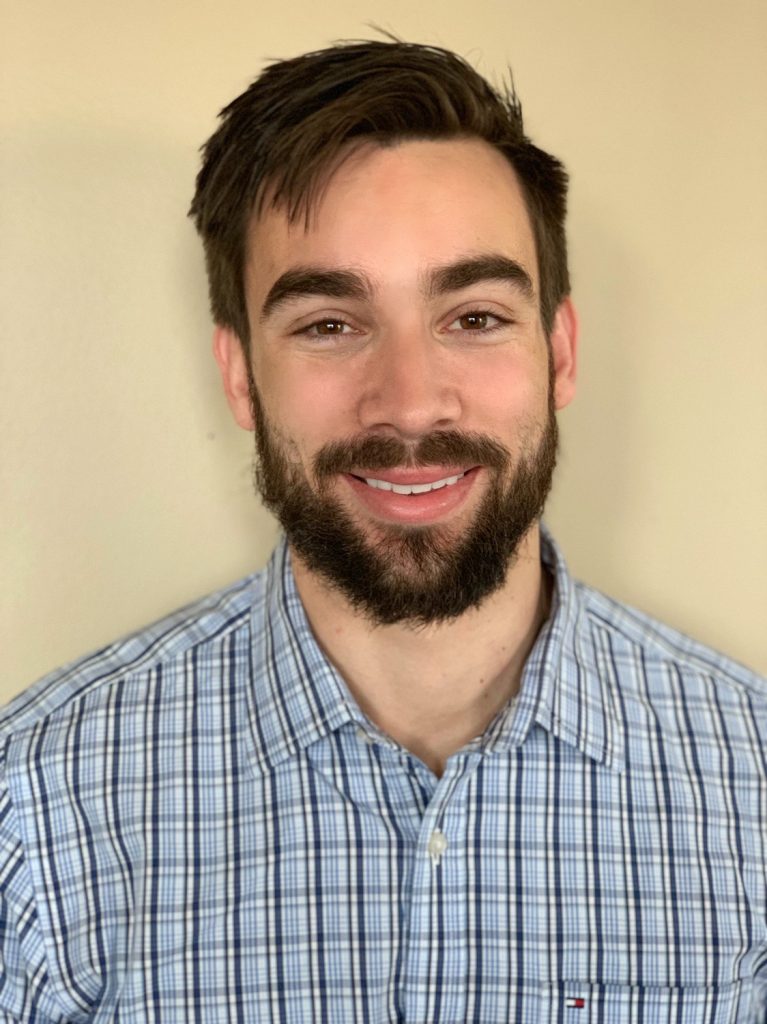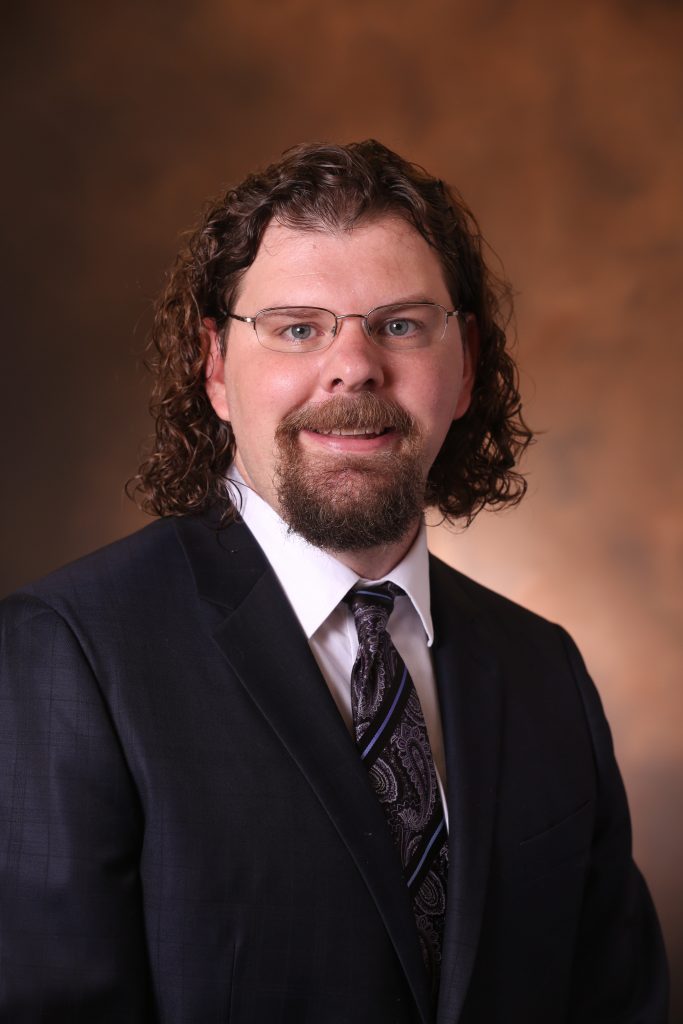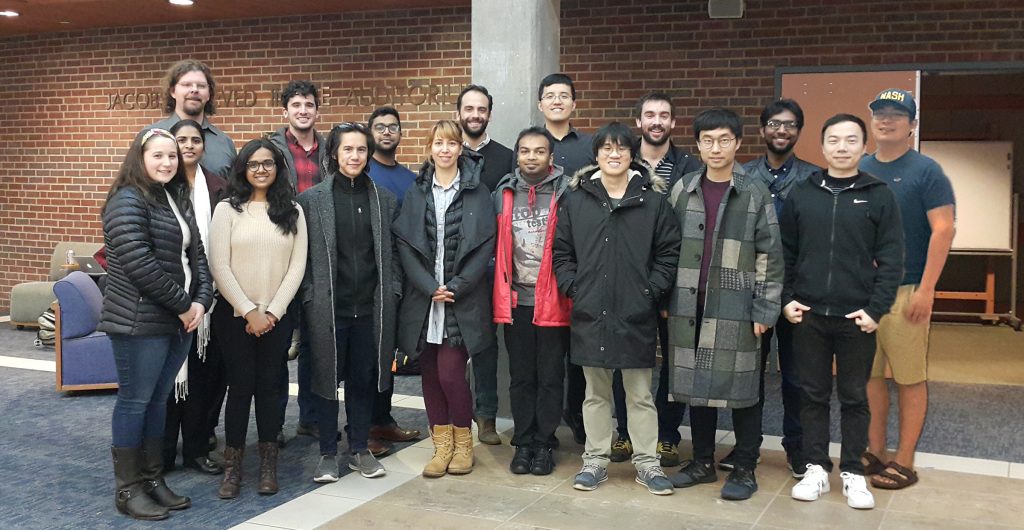
By Tommy Boshkovski
For our first Editor’s Pick for March, we were pleased to talk with Dr Kurt Schilling and Dr Bennett Landman about their new model for high angular resolution functional imaging.
MRMH: Can you tell us a bit about yourselves and how you got involved with MRI?
Kurt: After my undergrad studies I became involved in product development in the medical device industry, specifically focusing on implants and instruments for total knee surgeries. I then applied to Vanderbilt and started working on a project with Adam Anderson. From there I became interested in diffusion MRI, particularly in validating diffusion measurements, microstructure modeling, and connectomics.
Bennett: Mine is a similar story. I was working on image processing for smartphones and connected devices and on visual optimization. After that, I got a job in a science startup company which just happened to be working with EEG and MRI. After a couple of years I joined Jerry Prince’s lab at Johns Hopkins before going into Vanderbilt Electrical Engineering where John Gore leads the imaging institute. That’s where I met Kurt, and it just sort of snowballed from there into this big data connectomics endeavor.
MRMH: Can you give us a brief summary of your paper?
Kurt: With HARFI (high angular resolution functional imaging), we presented a new way of analyzing resting-state BOLD contrast. Specifically, instead of looking at the global connectivity in gray matter, which is the conventional approach, we looked at local orientation information in the white matter. The interesting part of this was being able to use our experience in diffusion MRI to do fMRI fiber tracking in the white matter.

Bennett: This came out of a high angular resolution validation grant. We were doing implementation and characterization of basically every HARDI method possible. Zhaohua Ding and John Gore were working on this new idea of a functional correlation tensor (FCT). Then Kurt came along and put everything together. Basically, it’s about thinking of fMRI not just as a voxel-by-voxel comparison, but rather as a field of connectivity. If you look at this field of connectivity, there start to emerge biophysical patterns that seem to be more than just noise.
MRMH: How should we interpret the functional connections/fibers?
Kurt: They could possibly be interpreted in terms of microfields due to susceptibility fields that cause correlated noise, which is why we get correlations in certain directions. This could be why we’re actually getting these orientations that seem to agree with what we expect from the structure. Alternatively, and this is possibly more exciting, we hope these fibers are actual functional activity because they are slightly different from what we would obtain if we just took the diffusion tensor, which we know is structural information. In short, this method could be a really unique way to bridge the gap between functional and structural.
Bennett: I don’t think it’s necessarily an either/or situation. It could be this microarchitecture, the structural connectivity, that is shaping the noise, meaning that we’re not talking about a Gaussian random field, but rather some sort of overlaid local structural pattern. At the same time, it could also be the resting state of the white matter connectivity. This is a form of connectivity, but it’s neither of the two types of connectivity that we’ve seen before.
MRMH: You did your analysis on resting-state fMRI data. How would you expect the results to differ if you were to do it on task-based fMRI data?
Kurt: We have an ISMRM abstract this year which describes our application of this model to task-based functional data. Our work was based on the hypothesis that the orientation distributions and the resulting tractography would change under different functional loading scenarios. We chose to use a simple task because, from the conventional fMRI analysis approach, we know which brain areas are involved in the processing of that task. We compared the resting-state and the task-based approaches and resolved very large differences in spatial orientation between them, but we’re not yet sure how to interpret these differences. The next step would be to actually do tractography on both tasks.
Bennett: This raises another area of interesting math and modeling issues in terms of what we do regarding statistics and how we interpret tasks by confound-related changes. We need to start thinking about how to properly conduct the preprocessing steps that have been used for regular fMRI and task-based connectomics when the underlying structure is a tensor or this tensor correlation field.

MRMH: How do you see HARFI within the bigger picture of fusing two complementary modalities, specifically dMRI and fMRI, to better understand the brain?
Kurt: When we first introduced this technique and looked at the orientation information we got, we were very excited because of the fact that the functional data doesn’t have to be bipolar or symmetric. As a result, we got three-way crossings, fanning and bending that diffusion would tell us are ambiguous orientations. We think it can increase the specificity of the fiber tracking process itself by telling us where we might expect a bending as opposed to just some dispersion of fibers. It’s a unique method by which diffusion and fMRI can now give us very similar orientations that can be analyzed in a similar way but that may mean something different.
Bennett: I’ll agree with that. We don’t really understand where exactly it fits between functional connectivity and structural connectivity, as it doesn’t really seem to be either. It’s some sort of hybrid, and we really need to understand where it fits. That’s what makes it exciting and interesting, because there isn’t an obvious experiment to do.
MRMH: Besides science, what do you like to do in your spare time?
Kurt: Well, we live in Music City and I love going to country concerts. You can just walk down the street and find live music at Dunkin Donuts. I also like playing sports and getting involved in the community.
Bennett: I’m on a mission to explore our state parks. We love visiting them with my kids and seeing the parks in all the different seasons. I come from California, which I love. I’m still a Californian, but when you fly into Tennessee, it’s green, not golden. There’s just life everywhere.




